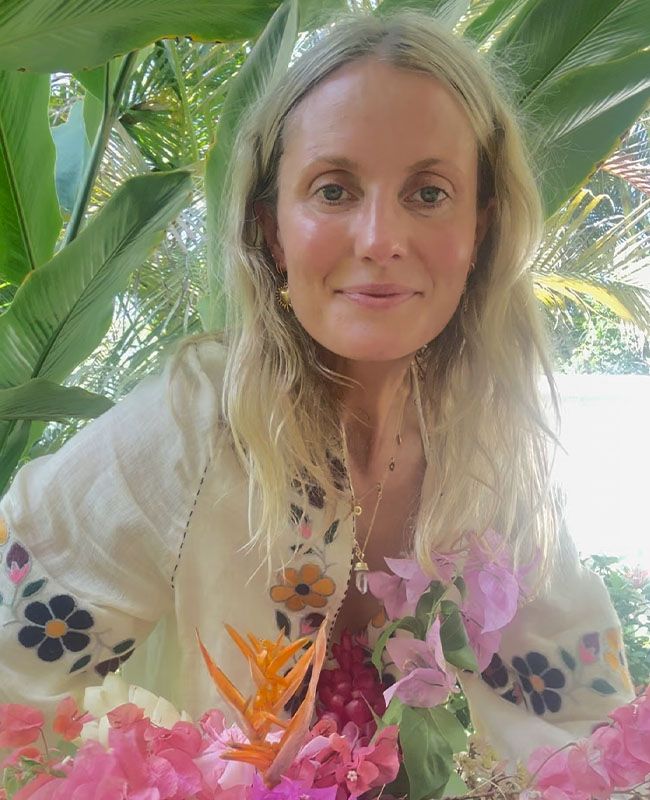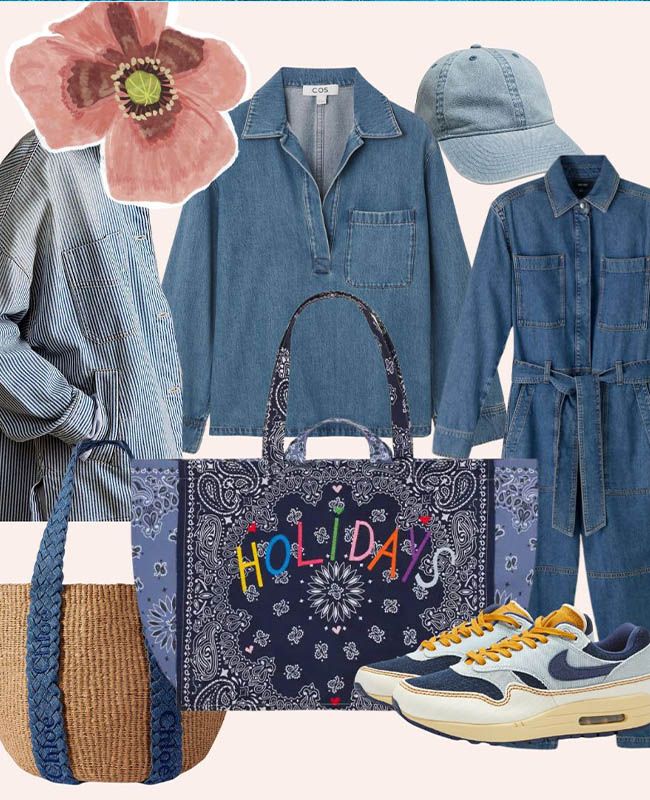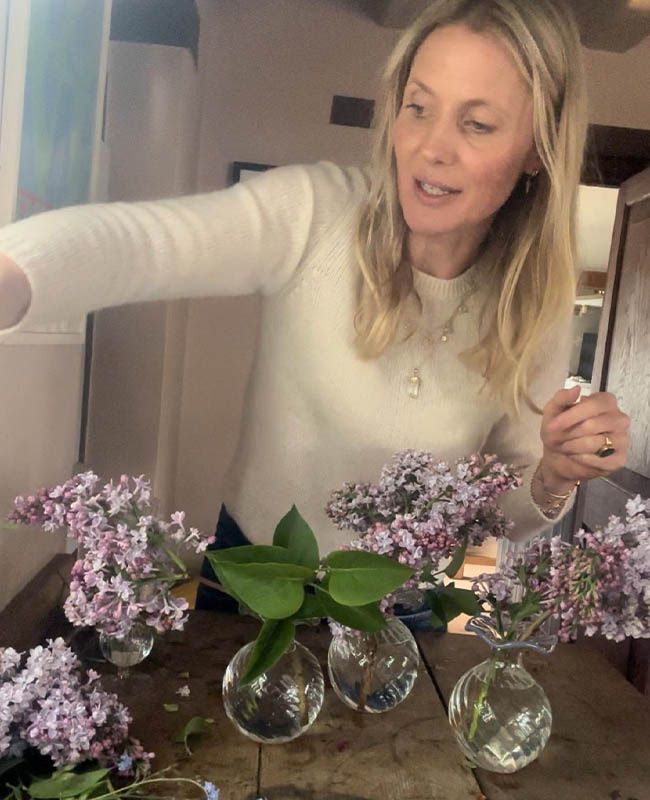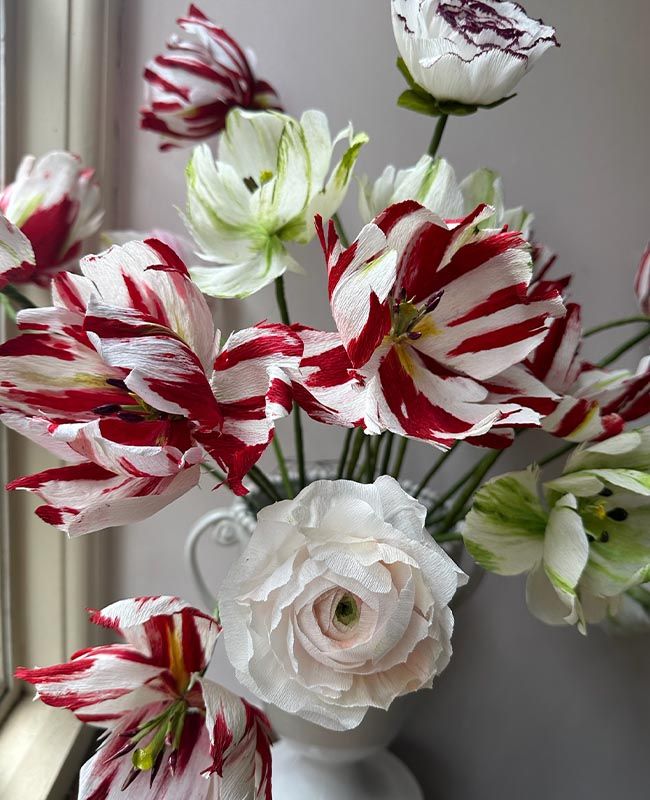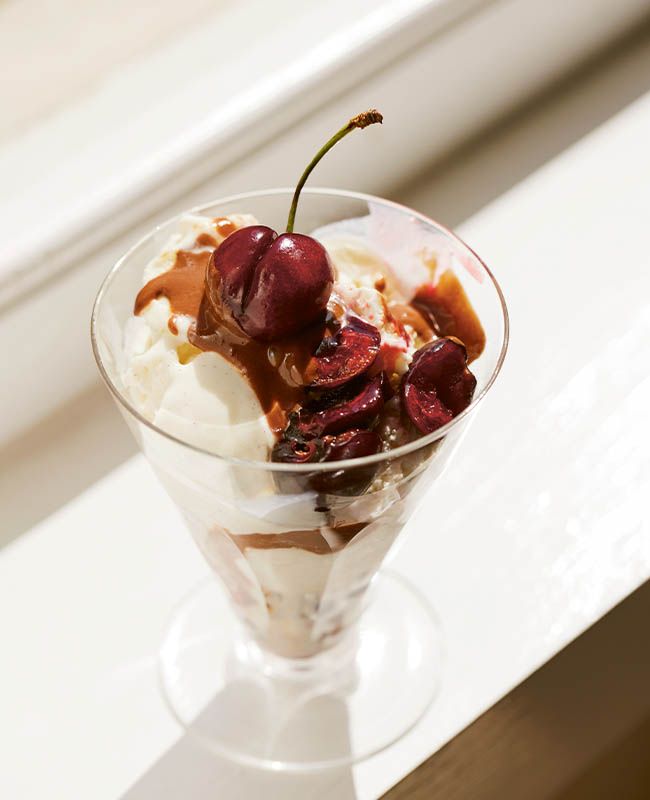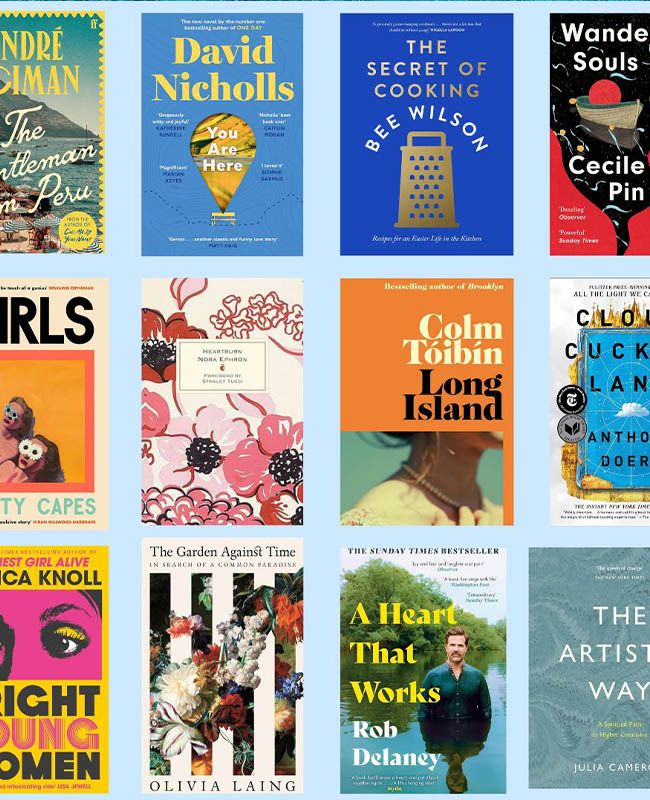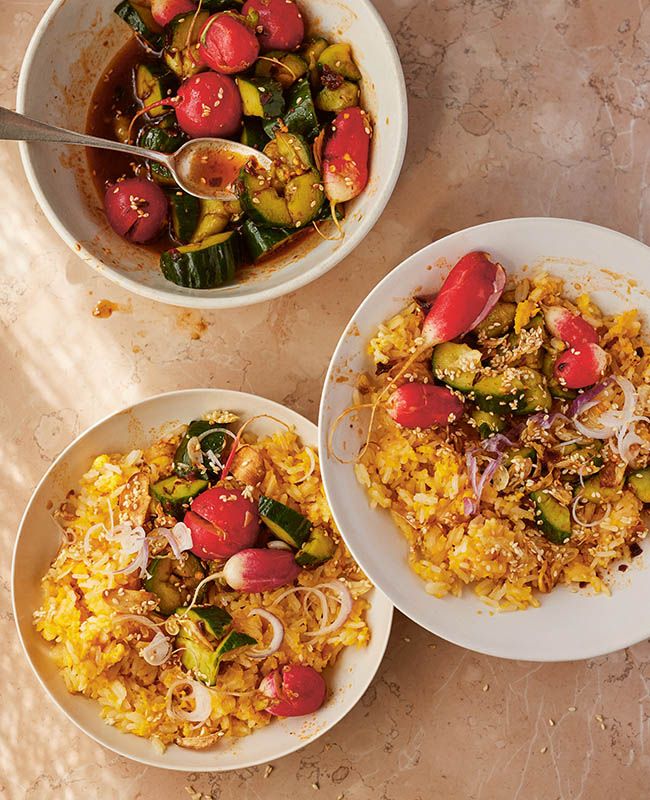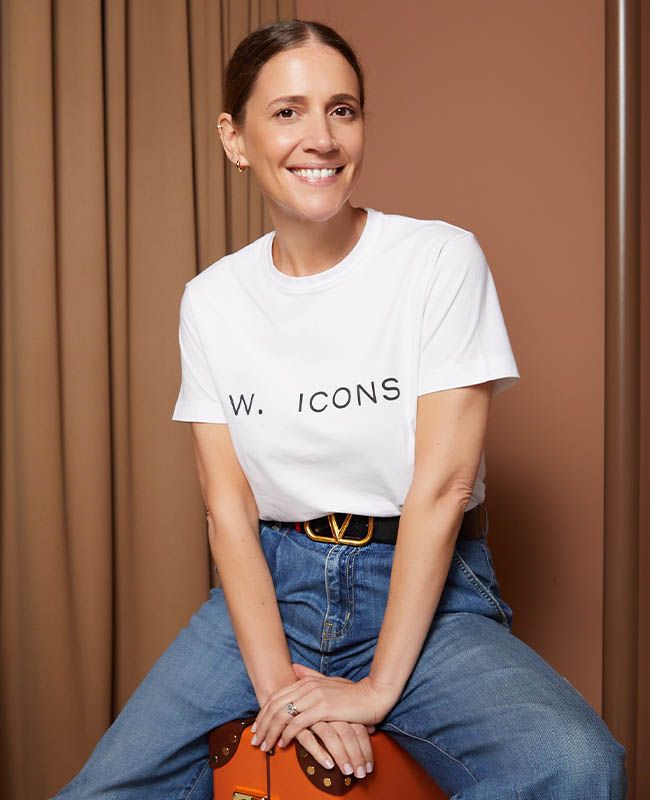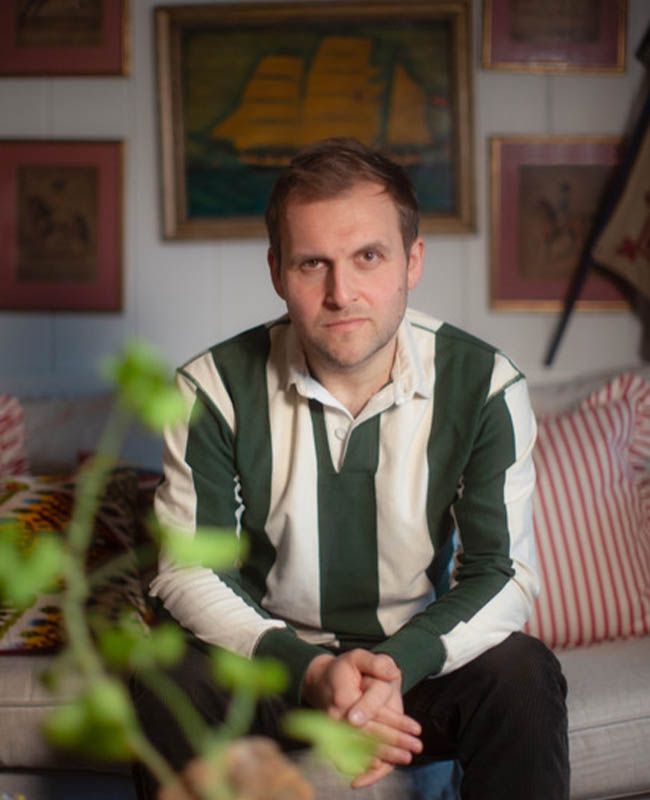
INTERVIEWS
Lulu Lytle on the charm and elegance of rattan
We adore the beautiful book, Rattan and always think of Soane Britain when conjuring the old-world charm and chic modernity of rattan...
Lulu Lytle has been at the helm since she, together with Christopher Hodsoll, founded Soane on the Pimlico Road 25 years ago with the "idea to make well–designed furniture, which had the quality and longevity of the best antiques".
Soane now has showrooms in London, New York and San Francisco and yet despite the growth and global appeal, the brand stayed true to the promise of British made. Soane collaborates with around 59 workshops in the making of over 300 designs that include furniture, lighting, fabric and wallpaper.
The company's uncompromising commitment to British manufacturing led to the acquisition of England’s last surviving rattan weaving workshop in 2011 and also established a rattan apprenticeship programme.
Here we chat with Lulu about her love of rattan, its rich history and relevance today, her passion for keeping British craftsmanship alive and her favourite pieces...
What are your earliest memories of being inspired by rattan?
I can’t pinpoint precisely when I fell in love with rattan, other than, as a child, adoring a 1920s portrait of my grandfather sitting in a rattan chair in South Africa.
When did you then develop a passion for collecting and using rattan in interiors?I’ve been collecting rattan since I was a teenager beginning with baskets and little tables and moving on to large chairs and loungers. Occasionally I was seduced by rather less useful things like children’s carts designed to be pulled by large dogs! Living in a London flat means that sadly most of my collection is in storage but many of the early Dryad pieces came into their own as props when we photographed our new Egyptomania designs at Kiftsgate this year.

What are your favourite vintage pieces of rattan collected on your travels?
My favourites are some of the early pieces designed by Benjamin Fletcher. He designed using trial and error and was really guided by the material’s inherent flexibility. There is a fantastic balance and scale to his designs for Dryad, which was the first rattan workshop in England.
While rattan is synonymous with British interiors, it’s seen at home around the world from colonial homes to glamorous beach houses, mid-century interiors to English greenhouses. When have you encountered the use of rattan in your travels and what have been some favourite inspirations?
There is a tendency to view rattan rather nostalgically but what is exciting about this material is the versatility of its use in interiors - In the 18th and 19th centuries, it was particularly favoured in the tropics because it wouldn’t warp or crack in the heat. But it was also favoured by The Modernists who saw it as a hygienic, comfortable and clean-lined alternative to upholstery. Rattan is particularly at home surrounded by plants in garden rooms and orangeries and in spaces with good natural light, however, it can also look really atmospheric painted and stained in darker rooms and in candlelight.


What first drew you to using rattan at Soane? Your decision to create rattan pieces here in England is admirable. How difficult was it to find manufacturers? Would it not have been easier to export from Asia as many other firms do?
Having bought an Edwardian rattan sofa from a house sale in Ireland, I decided to make a modern version for Soane but quickly realised how hard it was to find rattan weavers in the UK. Everyone I spoke to in my search for workshops assured me that I would have to go to the Far East but I was determined that the sofa should be made in Britain, just as every other Soane design is. Eventually, in 2003, we found Angraves, the last rattan factory in the country. It was a family-run business which had been founded in 1912. Although it employed 35 people, there were only two craftsmen left who knew how to practise traditional rattan furniture making. We collaborated on many pieces with Angraves for the next eight years.
Taking me completely by surprise in 2010, the owner called to say that the company was going into administration. I was galvanised by the fear of losing these specialist skills from England forever and a need to fulfil client orders, so we borrowed money to buy the raw materials and machinery from Angraves’ administrators and rebuild the workshop. We now make a mix of our own new designs, copies of antiques, and bespoke pieces for clients who want one-off designs.
Many of us interchange the term rattan with wicker or even bamboo - what is the important distinction?
The distinction is worth making as antique pieces are often mislabelled because of the all-encompassing use of the term ‘wicker’. Rattan is a natural fibre, a Southeast Asian climbing palm (calamus rotang). Wicker is the product of the craft of weaving, not only with rattan but also with willow, reed, rush and raffia amongst other many other fibrous materials. Like bamboo, which ranges from the miniature to the giant, there are about 600 species of rattan. However, unlike bamboo, rattan is a vine with flexible stems which scramble through and over other vegetation, using spines that act as hooks.
Tell us about your passion for craftsmanship and keeping this alive here in England.
If we genuinely prize our heritage we cannot afford to lose many of the most established craft skills. This is not driven by nostalgia but practicality. For example fires in some of our greatest buildings, such as York Minster and Windsor Castle, brought this into sharp focus. Did we still have craftsmen practising the skills required to restore these buildings and their contents appropriately and sensitively?


What was the impetus behind the book launch?
Ever since I started reproducing original rattan designs, I’ve been looking for photographs of wicker in historic interiors and trying to discover more about the origins of the rattan palm and techniques of weaving it. I have amassed a vast archive of images, literally thousands, of which I could choose only 300 for the book. This research has led to me to some extraordinary people and archives around the world. The more I researched the more I realised I didn’t know! It has been like piecing together a jigsaw with the picture revealing more fascinating details with every find I have made. It is an extremely compelling subject and I am making new, often unexpected discoveries every week, taking me down hitherto unknown paths. I love it and have become something of an obsessive!
And what are your favourite Soane rattan pieces?
I think it would have to be The Daisy Hanging Light as it was my first entirely new design not based on an old model. I really love the soft, diffused light rattan gives.
While we love rattan, how is it best mixed with other pieces in the home?
For me, the great beauty of rattan is how versatile and sculptural it is. Despite its reputation for being material for sunny times, It doesn’t need to be associated with any particular look or period. Both the Successionists and some of the great mid-century designers in France and Holland dispelled that myth with their brilliant sculptural designs.
Lets Play Favourites with Lulu Lytle
Flower – Acanthus
Scent / Fragrance – Tuberose and gardenia. Or sea water!
Travel destination – Egypt or Greece
Place in England – Bredon Hill in Worcestershire
Book – The Leopard by Giuseppe di Lampedusa
Podcast – Tortoise News
Wellness ritual – My morning walk with my whippet or when I’m away swimming in the sea
Colour – I love most colours except for purple. Pushed to choose one favourite I would say green
Music – Dolly Parton or Bach
Muse – Jane Goodall
Material – Rattan of course!
Print / Fabric - Most treasured is a ball of yarn spun from the hair of wild camels I visited in Mongolia
Wallpaper – very hard to choose one from Soane’s collection but I think it would be Scrolling Acanthus Frond in emerald
Season – Early summer
Restaurant / Meal - Sunday lunch at home, often cooked with my 20 year old daughter
Era or decade - Now
Images courtesy of Rizzoli and taken from Rattan: a world of Elegance & Charm by Lulu Lytle ~ Follow @soanebritian

